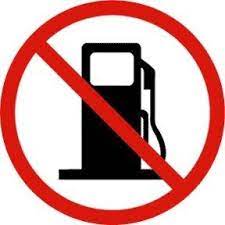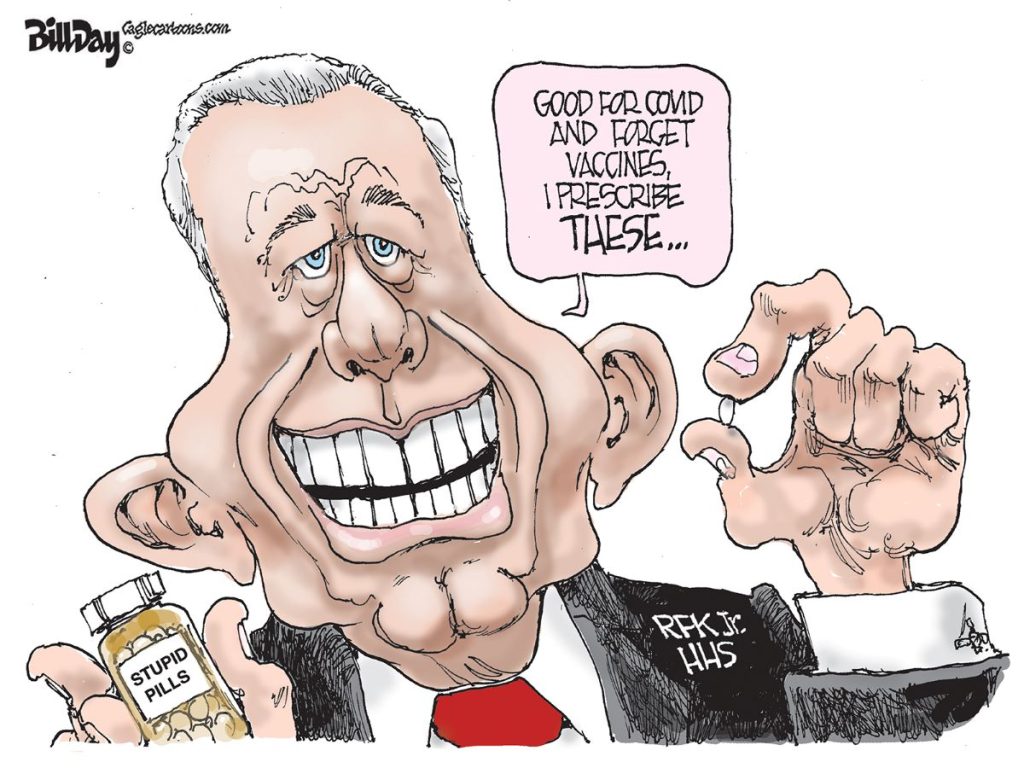From Atlantic Cities:
The federal Department of Transportation has its roots in the post-World War II era of the American highway. It was formed, in 1966, just a decade after federal legislation created the Interstate Highway System that would change how Americans travel and where they live.
“And highway building has been the primary focus ever since,” says David Goldberg, communications director for the advocacy group Transportation for America. Transportation policy, as with housing policy of that era, was designed to enable Americans to spread out from crumbling and crowded cities into new communities in the suburbs. “That’s still essentially how the game has been rigged,” Goldberg says, “with some minor modifications.”
Look at federal transportation safety programs – they have mostly focused on ensuring the safety of people in cars, not pedestrians or bikers who must share space with them. Or consider how we fund transit. The Highway Trust Fund was created to finance the Interstate Highway System in the 1950s; its mass transit account was an afterthought that came 25 years later.
Goldberg credits outgoing Secretary of Transportation Ray LaHood – whose tenure includes the creation of the Partnership for Sustainable Communities – with pushing the federal focus away from highways and toward a more holistic view of transportation.
“If Obama can find another Republican congressman who thinks like Ray LaHood, we’d love to see that,” Goldberg says. “He’s been the best DOT secretary – certainly in my memory – in terms of recognizing that the ground has shifted, that the transportation issues of the 1950s that have driven the agenda for so many years are not the issues of the 21st century.”
The transportation issues of the 21st century will be less about building new highways and more about building new transit, about offering more multi-modal options to bike and walk. Transportation policy going forward won’t just be about moving people as far and as fast as possible, but about leveraging transportation in service of economic opportunity and livable communities.
So here is one modest thought about who understands all of this as Obama searches for LaHood’s successor: mayors. There have been three former mayors at the helm of the DOT in the department’s 46-year history, most recently former San Jose Mayor Norman Mineta. As the agency further modernizes its mission, who better to take us there than someone who comes from a city?
“Whereas the state DOT is focused on maintaining a transportation system, mayors are focused on maintaining a city,” emails Alex Dodds, the online communications manager for Smart Growth America. And transportation is obviously a critical part of that. “For that same reason a mayor is also much more likely to view transportation as an economic development investment, rather than just moving people.”
This is something mayors understand better than transportation officials at the state level (or most congressmen in Washington). And Dodds isn’t just talking about the mayors of New York, Chicago and Los Angeles. Mayors in cities of all sizes are the ones who deal with the reality of how transportation projects get built and how people use them.
Los Angeles Mayor Antonio Villaraigosa – a major Obama supporter and chair of the party’s convention this year – has been frequently mentioned as a possible high-profile pick given that term limits will push him from office next year. He has presided in L.A. over one of the most car-dependent cities in the country, but his legacy will include setting in motion plans to double Los Angeles’ rail infrastructure.
“I want people reimagining Los Angeles from a city of sprawl to a city of elegant density,” Villaraigosa told us this week while he was in Washington attending a conference on poverty. That line sounds to us like a campaign slogan for the job, but Villaraigosa is playing coy about his interest in it (we did note that we’re not the only media outlet in Washington with which he took the time to entertain – and deny – speculation this week). But just the idea of his kind of experience in the federal office is enough to get us thinking about what a former mayor might do from Washington with the 21st century DOT.
Villaraigosa was fresh off a major defeat in the Nov. 6 election, when voters narrowly rejected Measure J, a transportation funding initiative that would have extended a half-cent sales tax through 2069. Only in California, Villaraigosa moans, would a referendum garnering 64.7 percent of the county-wide vote – and 69 percent of it in the city proper – fail. Measure J needed a two-thirds majority to pass.
Mayors, though, must be experienced in the art of the backup plan. “So we have a Plan E!” Villaraigosa says (Plans A, B and C before this one involved the successful 2008 half-cent referendum Measure R, as well as a federal expansion of the Transportation Infrastructure Finance and Innovation Act). Next up: public-private partnerships. Then a bond program. “We’ll go all the way through Z in the alphabet,” he warns.
“I know where the future is, and the future’s not sprawl,” he says. “Yes, it’s difficult to change, and it’s very difficult in a city addicted to single-passenger infrastructure.”
This is the kind of philosophy that should govern the federal approach to transportation (although Villaraigosa isn’t the only potential fit for the DOT gig who gets it).
“The kind of experience he had recently argues for someone like him,” Goldberg says. “L.A. is really interesting because it’s paradigmatic in a lot of ways. They were the ones who led the way into the automobile-oriented era. And they hit the wall and came to the recognition that to continue to grow and be livable and function well, they’ve got to have a more balanced system.”
We can think of a lot of mayors who’ve also learned something about this. So how about bringing one to Washington?




